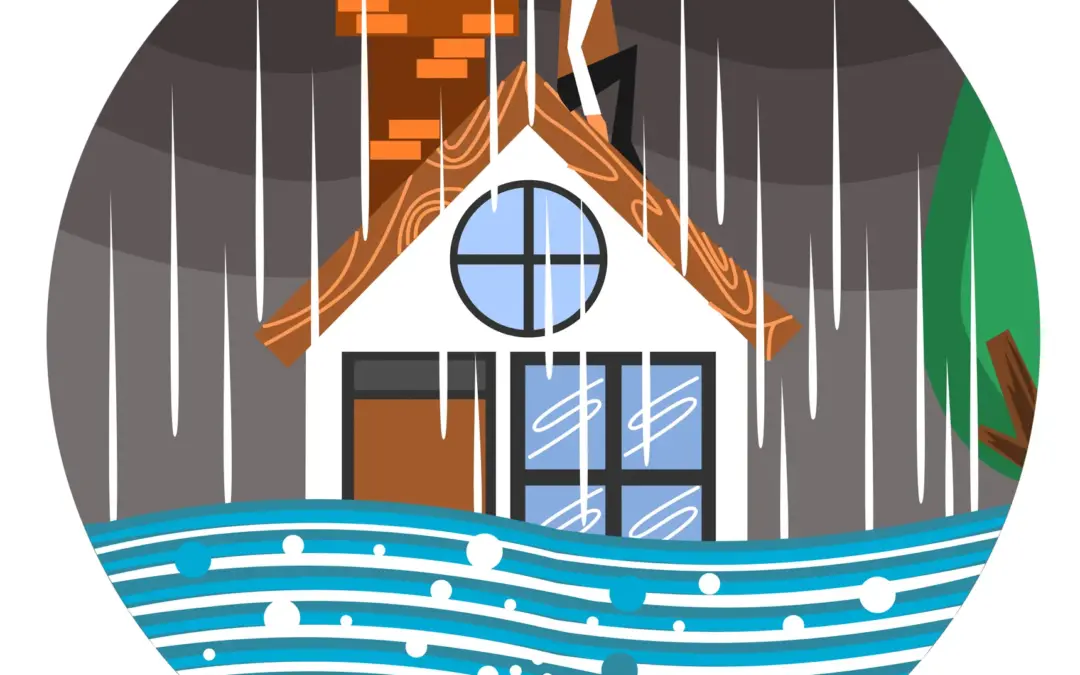Flood insurance is crucial for Brooklyn, Queens, and Long Island residents due to the region’s vulnerability to flooding from storms, hurricanes, and other natural events. Understanding the nuances of flood insurance can protect homeowners from significant financial loss. Here, we will explore the importance of flood insurance, coverage specifics, and the critical distinction between rising water and downcoming water.
Understanding Flood Insurance
Homeowners flood insurance is a distinct type of insurance policy that protects against damages caused by flooding. Most typical homeowners’ insurance policies do not cover flood damage, making flood insurance essential for those living in flood-prone areas like Brooklyn, Queens, and Long Island. The National Flood Insurance Program, also known as (NFIP), managed by the Federal Emergency Management Agency (FEMA), provides most flood insurance policies, though private insurers also offer coverage.
Why Flood Insurance is Important
- Geographical Risk: These regions are susceptible to coastal flooding because of their proximity to the Atlantic Ocean. Hurricanes and nor’easters can cause storm surges, resulting in significant flooding.
- Climate Change: Climate changes are raising sea levels, and the frequency of extreme weather events is heightening flooding.
- Financial Protection: Flood damage can be costly. FEMA claims that just one inch of water in a home can cause tremendous damage and cost more than $25,000. Without flood insurance, homeowners must cover these costs out of pocket.
Coverage Details
Flood insurance policies typically cover two main areas: building property and personal property.
- Building Property: This includes the physical structure of the home and its foundation, plumbing systems, electrical, HVAC systems, kitchen appliances, and permanently installed carpeting.
- Personal Property covers belongings such as clothing, furniture, and electronics. There are coverage limits, and high-value items might require additional coverage.
Policies often have a 30-day waiting period from the date of purchase before coverage begins, so planning is crucial.
Rising Water vs. Downcoming Water
Understanding the difference between rising water and downcoming water is essential in the context of flood insurance.
- Rising Water (Flooding): This refers to water from local natural sources such as rivers, lakes, oceans, or heavy rainfall. When water rises and enters homes from the ground up, it is considered flooding. Flood insurance covers explicitly this type of damage. Examples include:
- Storm surges from hurricanes or tropical storms.
- Overflowing rivers or lakes due to heavy rainfall.
- Intense rainstorms cause flash floods.
- Downcoming Water (Rain Damage): This term refers to water from above, such as rainwater, that damages a home due to roof leaks or broken windows. Standard homeowners’ insurance policies often cover this type of damage. Examples include:
- Rain enters through a damaged roof.
- Water damage from a burst pipe within the home.
Selecting the Right Policy
When selecting a flood insurance policy, consider the following factors:
- Risk Assessment: Determine your property’s flood risk by consulting FEMA’s Flood Insurance Rate Maps (FIRMs). Properties in high-risk areas, known as Special Flood Hazard Areas (SFHAs), will have different requirements and premiums than those in moderate-to-low-risk areas.
- Coverage Limits: Assess your home’s and personal property’s value to ensure adequate coverage. NFIP policies have maximum coverage limits of $250,000 for building property and $100,000 for personal property. If this is insufficient, consider excess flood insurance from private insurers.
- Deductibles: Choose deductibles that balance affordability with financial protection. Higher deductibles typically lower premiums but increase out-of-pocket costs during a claim.
- Policy Exclusions: Understand what is not covered. NFIP policies do not cover basement improvements (like finished walls and floors), temporary living expenses, or financial losses caused by business interruption.
Steps to Take Now
- Evaluate Your Need: If you are not in a high-risk area, consider purchasing flood insurance. One in four flood claims comes from properties outside high-risk zones.
- Document Your Property: Maintain an inventory of your personal belongings and the structure of your home. This documentation can expedite claims processing if you experience flood damage.
- Floodproofing: Implement measures to reduce flood damage, such as installing flood vents, elevating utilities, and improving drainage around your property.
Conclusion
Flood insurance is critical for Brooklyn, Queens, and Long Island homeowners. With the ever-present risk of flooding in these regions, understanding the specifics of flood insurance, distinguishing between rising water and downcoming water, and selecting appropriate coverage can provide peace of mind and financial protection. As climate patterns shift and extreme weather events become more frequent, being proactive about flood insurance is more important than ever.
Related Blog Posts:
- Effective Rainwater Management Techniques for Protecting Your Foundation
- Buying a House with Foundation Problems and the Seller Won’t Pay?
- The Importance of Professional Foundation Repair and Waterproofing
- Do All Cracks Mean Foundation Problems?
- Don’t Ignore the Warning Signs: Cracked Foundation Repair
Related Services:
Our service areas:
Get A Free Estimate

